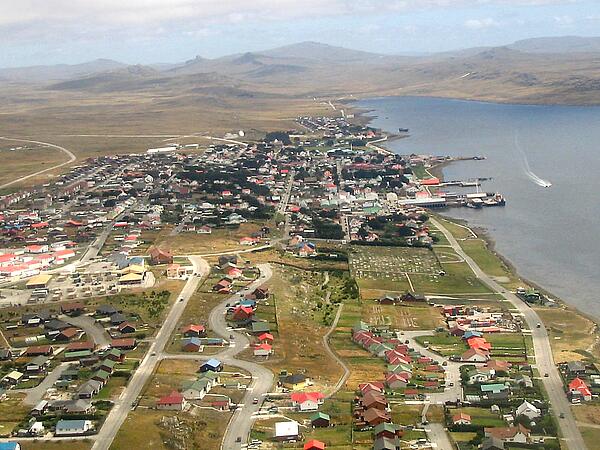The Retaking of the Falkland Islands
The leaders of the Task Force had to decide between six potential landing points in the Falklands Islands, a crucial decision as there was just one chance at a successful landing. Failing to make the right choice could have thwarted everything.
Task Force leaders were faced with the tough decision of opting for the right landing point on the Falkland Islands, something which, if chosen incorrectly, could have had disastrous consequences including cast numbers of deaths. There were six possible landing points, the first being the capital of the islands, Port Stanley.
Port Stanley was acting as the headquarters for the Argentine forces and as a result was a heavily fortified base. While it was rumoured that British Prime Minister Margaret Thatcher was in favour of landing here, the possibility of many civilians being killed or injured ruled it out.

The second potential landing spot was Uranie Bay, which lay 25 miles to the northwest of Port Stanley and Berkeley Sound. The location of Uranie Bay would have offered the British men some protection against the inclement weather, but the concern of an attack by the Argentine troops who were located close by put Uranine Bay out of the runnin
Cow Bay, located to the north of Berkeley Bay, was the third possible landing point. Located far enough away from the capital to make an Argentine counter-attack less likely as it would have required a detour inland, Cow Bay was a strong possibility. It is said that a military leader, Brigadier Thompson, thought Cow Bay should be the one to be chosen.
The fourth possibility for the landing point was Port North on the West Falklands as it would have been possible to create an airstrip on the site. While Admiral Sandy Woodward favoured this potential site, Brigadier Thompson did not like its location so far away from Port Stanley, feeling that the extra travel for British troops across Falkland Sound would have put them at more risk of air attacks from the enemy.
Low Bay was named as the fifth potential landing zone. Located on East Falklands, southwest of Port Stanley, Low Bay would have been a simple landing for British troops as it possessed extremely flat terrain. However, Thompson said that this terrain would also prove to be a failing as troops would be more vulnerable to attacks from the air.
San Carlos Bay was the final landing spot option. Lying on the west side of East Falklands, the bay was protected by the surrounding hills, making it ideal for the Rapier missile systems to provide give protection against Argentine planes. However, San Carlos Bay was located 65 miles away from Port Stanley. Despite this flaw, Thompson decided that it was the best entry point and, on 20 May, he was given the green light to begin landings via the code word ‘Palpas.’ Task Force men began landing at San Carlos Bay on 21 May 1982.
See also: The Falkland Islands - A Background
MLA Citation/Reference
"The Retaking of the Falkland Islands". HistoryLearning.com. 2025. Web.
